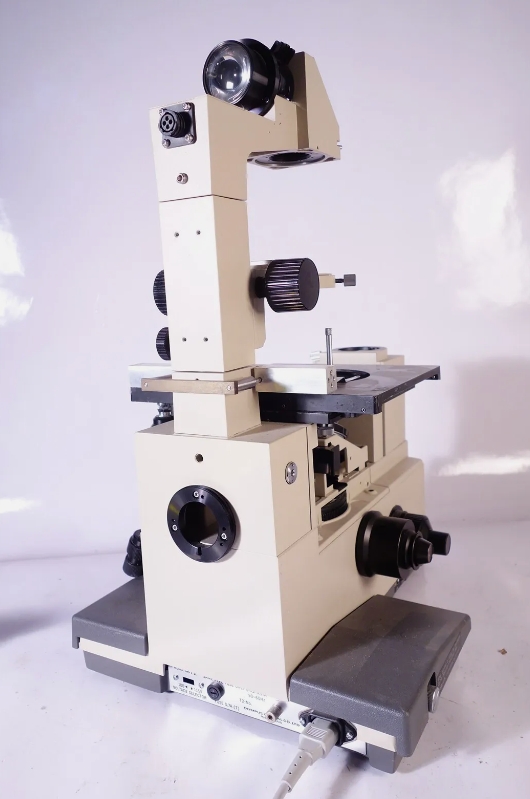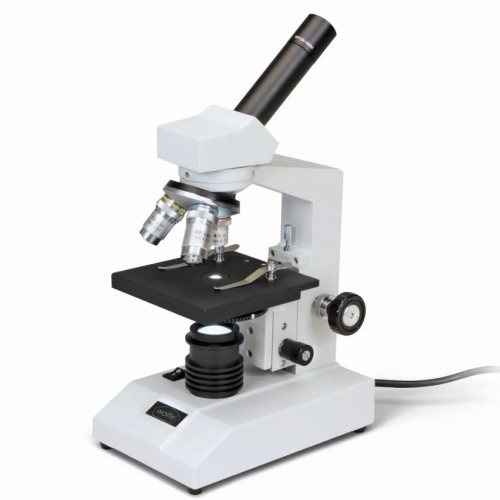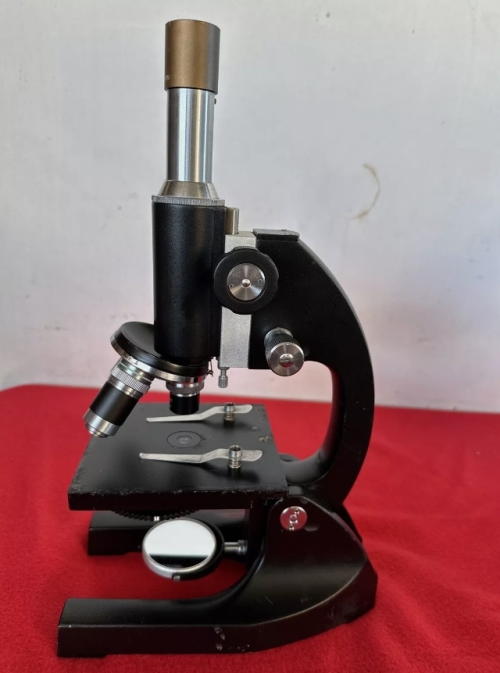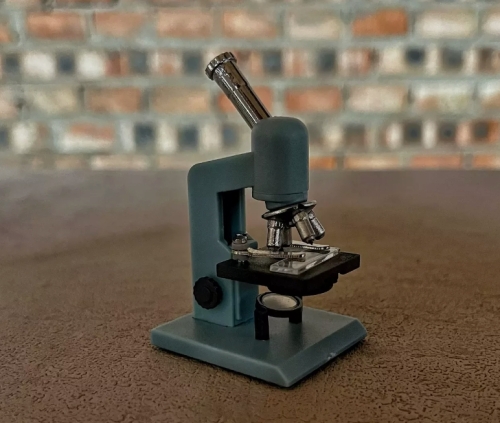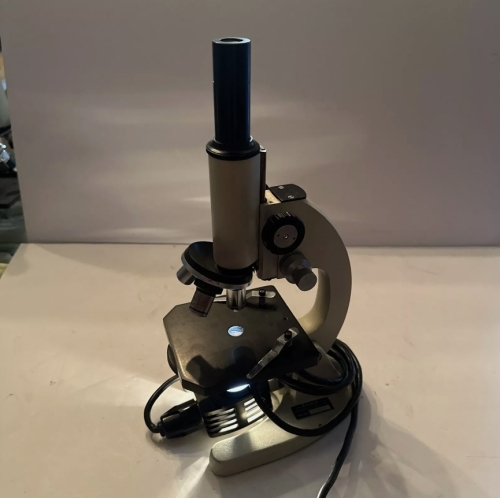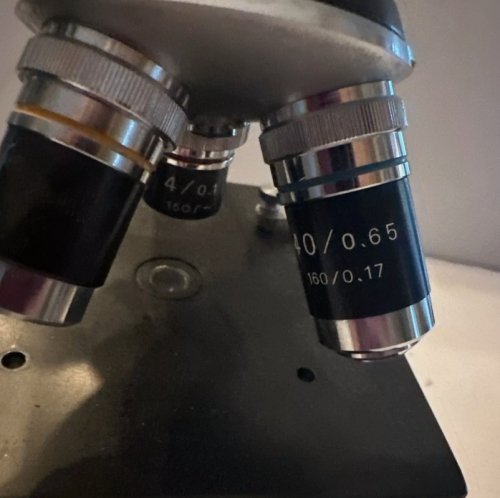As an important scientific instrument, microscope is widely used in many fields such as biology, material science and medicine. Its core function is to magnify tiny objects through optical principles so that their structures and features can be easily observed. With the development of science and technology, the microscope model has undergone continuous evolution and innovation.
First, let's look at the light microscope. This was the first type of microscope to be invented, which focused light through a set of lenses to achieve magnification. The basic structure of an optical microscope includes an objective lens, an eyepiece and a light source. The advantage is that the operation is simple and the imaging is clear, but its magnification is usually limited, usually within 1000 times, which is suitable for observing two-dimensional structures such as cells and tissues.
With the deepening of scientific research, electron microscope came into being. Unlike light microscopes, electron microscopes use electron beams instead of visible light for imaging, and are able to magnify objects up to millions of times to see details at the nanoscale. Electron microscopes are divided into transmission electron microscopy (TEM) and scanning electron microscopy (SEM). TEM is mainly used to observe the internal structure of the sample, while SEM can provide three-dimensional imaging of the sample surface, which is widely used in materials science and biomedical fields.

